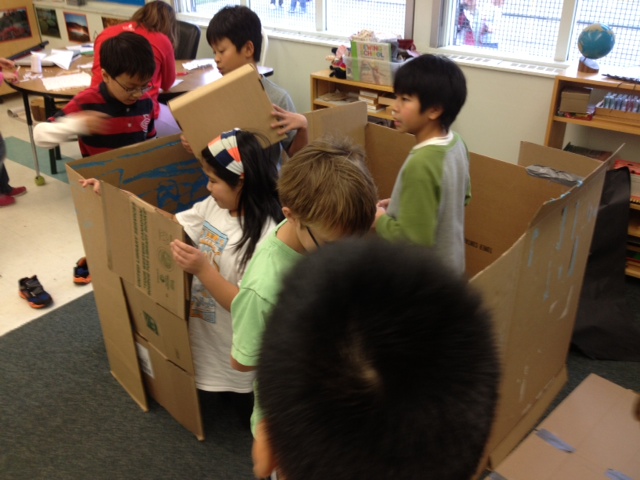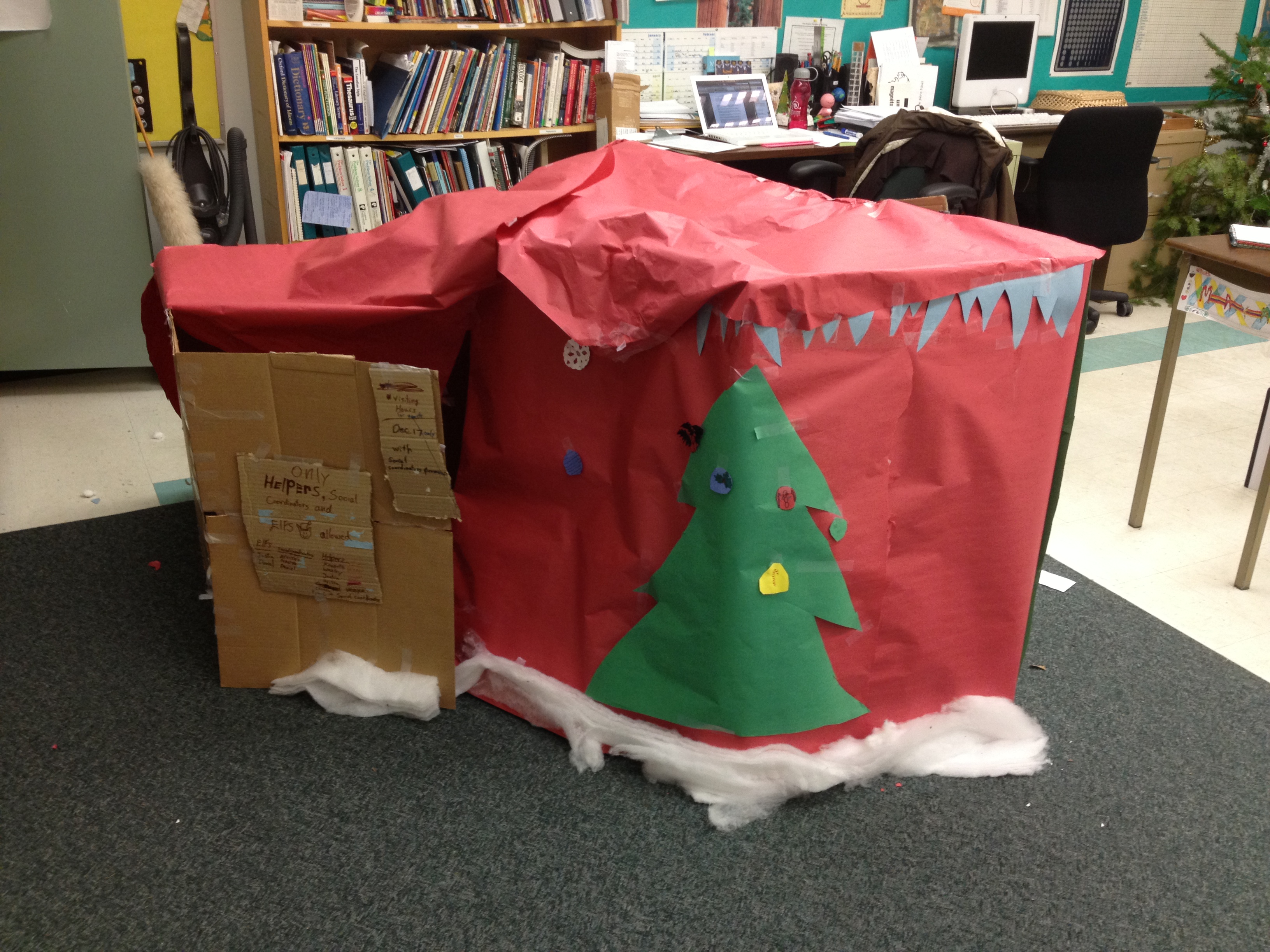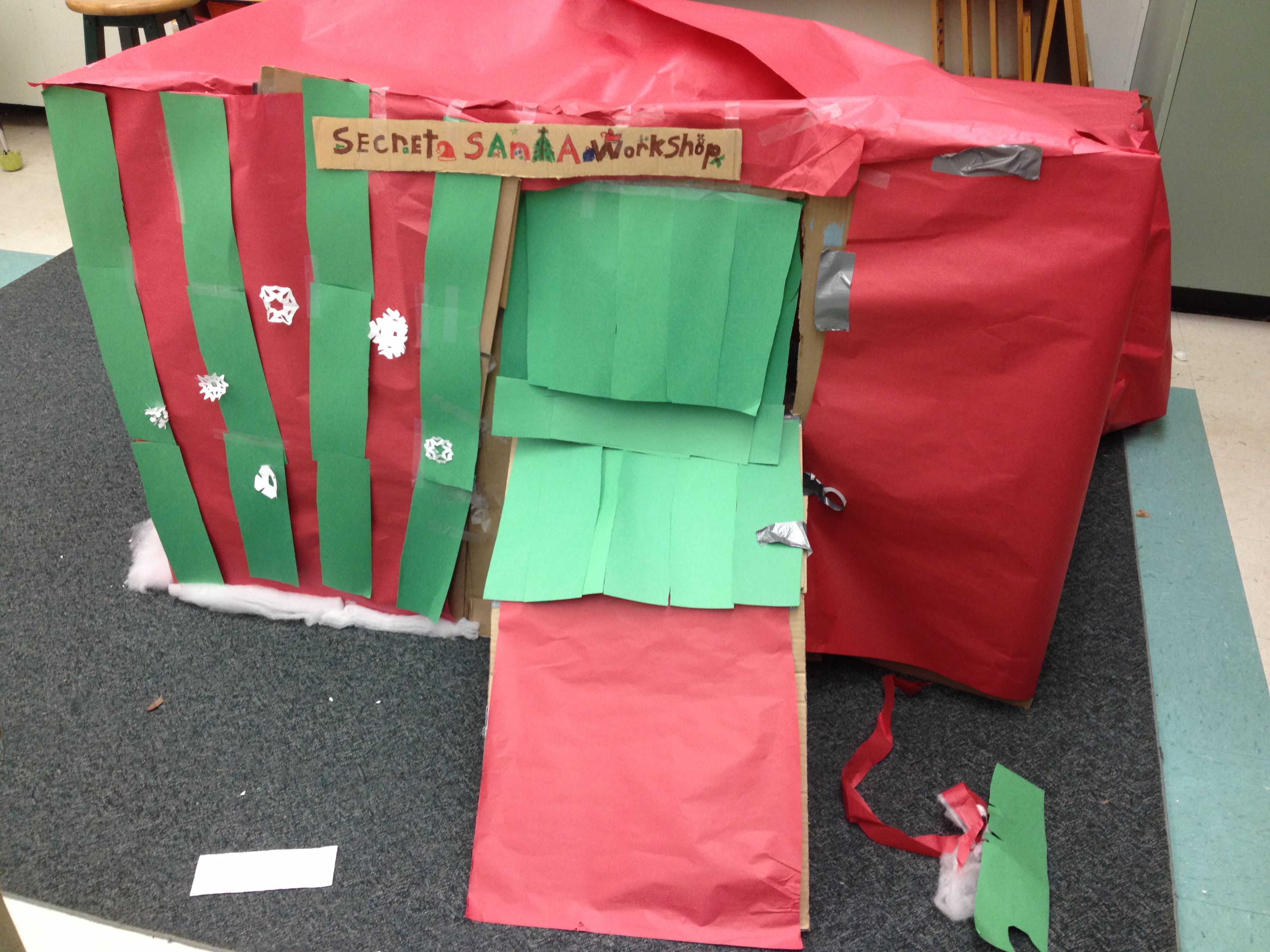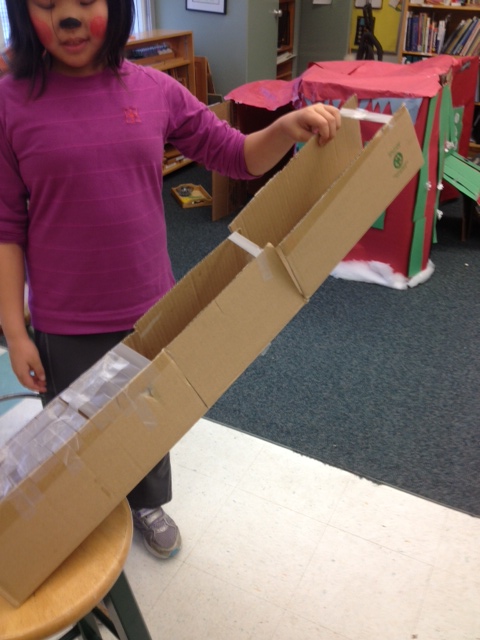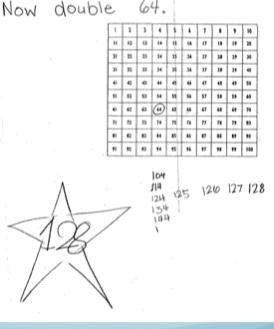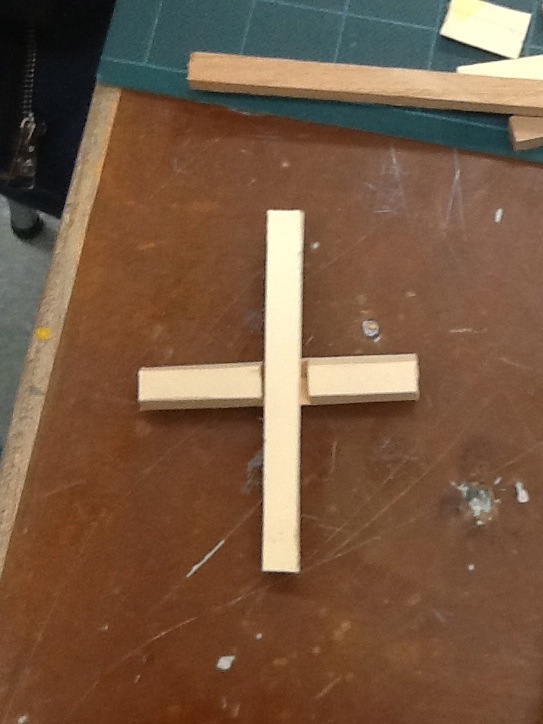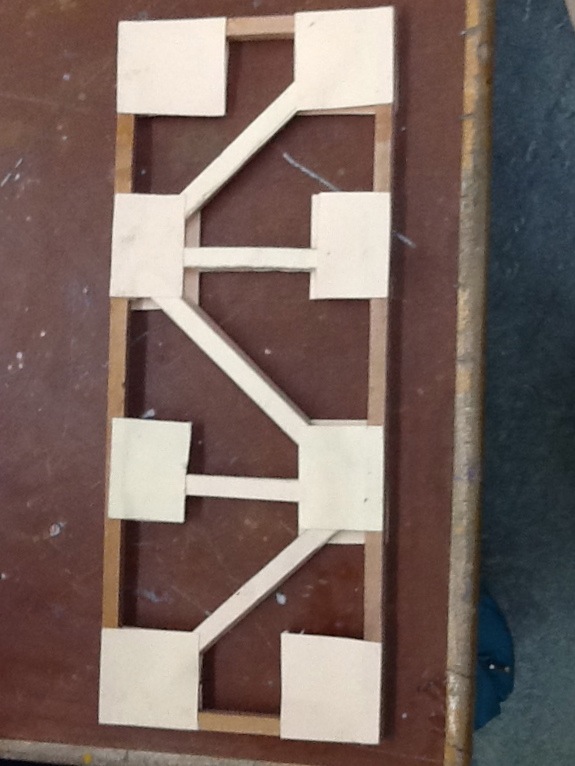Illustration Elements
Illustration Éléments
Context
Students were provided the following assignment:
Some of you may remember watching blurbs on television where participants could gripe for 30 seconds about their biggest pet peeves. 30 seconds to rant about those little things that bug them, like guys giving awkward man hugs, people not flushing the toilet in public restrooms, or grocery baggers putting eggs under canned goods. Consider this assignment your opportunity to speak your piece. Unleash yourself on your personal annoyances but remember: grudges against people are not appropriate subjects and humor is a wonderful way to convey your frustrations without making yourself whiny. In fact, Speaker’s Corner is a real place in England, where people, throughout history, have gone to rant about problems, generally ones of some importance.
Illustration
Student Work Sample
Teacher Reflection
This student’s choice of format, the use of language, and the innovative ending created a rant that had an emotional impact on her classmates.
I can get new ideas or reinterpret others’ ideas in novel ways.
I get ideas that are new to my peers. My creative ideas are often a form of self-expression for me. I have deliberate strategies for quieting my conscious mind (e.g., walking away for a while, doing something relaxing, being deliberately playful), so that I can be more creative. I use my experiences with various steps and attempts to direct my future work.
I communicate purposefully, using forms and strategies I have practiced.
I participate in conversations for a variety of purposes (e.g., to connect, help, be friendly, learn/share). I listen and respond to others. I can consider my purpose when I am choosing a form and content. I can communicate clearly about topics I know and understand well, using forms and strategies I have practiced. I gather the basic information I need and present it.
I communicate clearly and purposefully, using a variety of forms and strategies appropriately.
I share my ideas and try to connect them to others’ ideas. I am an active listener—I make connections and ask clarifying and extending questions when appropriate. I can plan ways to make my message clear and engaging for my audience and create communications that focus on a variety of purposes and audiences. I acquire the information I need for specific tasks and for my own interests and present it clearly.

